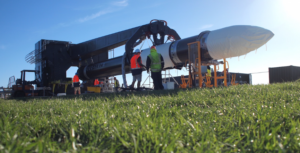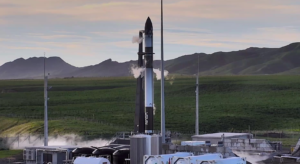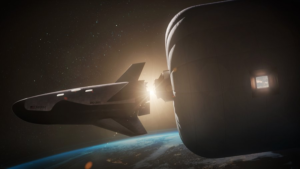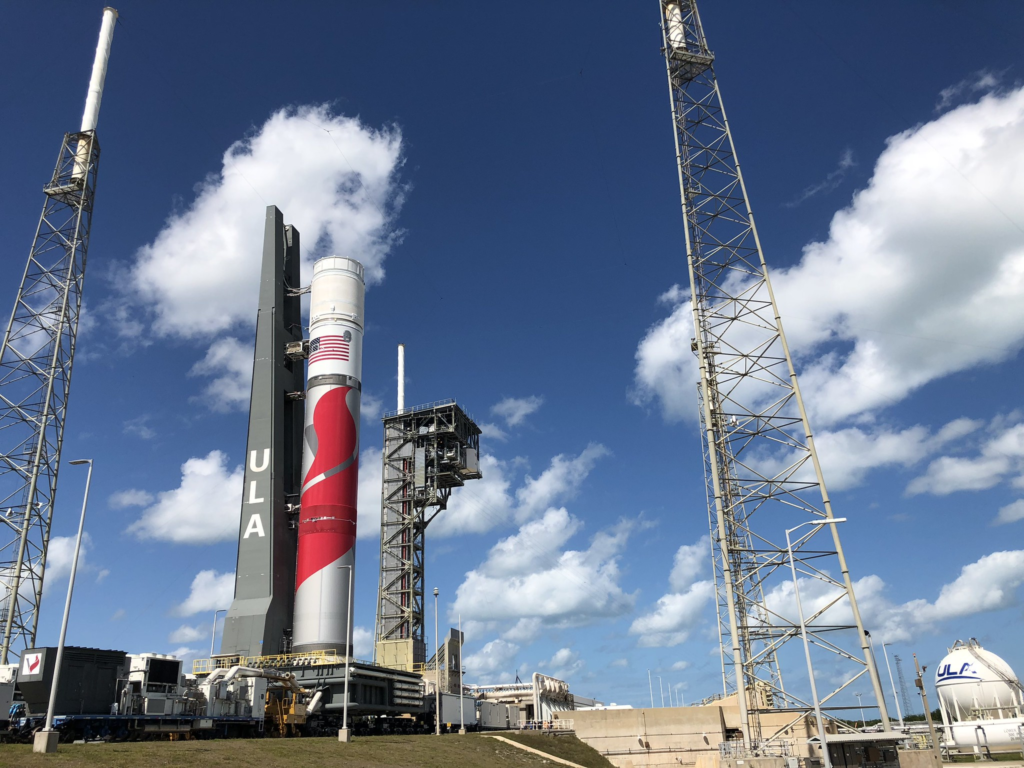
Blue Origin Is Trying To Buy United Launch Alliance
For quite a few years now United Launch Alliance has been known for consistent launches and a perfect record. This among other factors has allowed them to continue to secure massive launch contracts with a host of customers, especially including the government. Right now however the company is in a very unique scenario as they retire their previous workhorse rockets and prepare to launch a new vehicle.
At the exact same time, the company is now closer than ever before to being bought out. One of the few companies in this bidding war that wants control is Blue Origin. If chosen, it would somewhat change the dynamic within the industry and possibly plans for the future. Here I will go more in-depth into the current status of the sale, the importance of Vulcan’s first flight, what to expect in the coming weeks, and more.
The Sale of ULA

It’s been reported that three companies are currently trying to acquire ULA. This includes Blue Origin but also Cerberus, a private equity giant, and Textron an aviation and defense manufacturer. These different companies each want a piece of the launch provider that is currently owned by Boeing and Lockheed Martin.
Looking at these possible new owners, each have somewhat differnet plans and goals if new ownership was aquireed. Blue Origin for example would now have access to both the Vulcan launch vehicle and arguably even more important, a long list of government contracts. For a very long time now certain government entities including the Department of Defence have awarded ULA billions in contracts. The future is supposed to be no differnet with Vulcan already securing massive contracts from different companies and various customers.
For example, early last year the company announced that Amazon had selected its next-generation Vulcan rocket for 38 launches supporting deployment for Project Kuiper, Amazon’s global broadband constellation of 3,236 satellites in low Earth orbit. 38 launches are very significant and this specific contract has even more benefits for Blue Origin. Obviously, there are some connections between Amazon and Blue Origin. Owning the company needed to consistently launch Kuiper satellites would put them in a much better position than paying out of pocket each time.
It also would remove one more competitor from the company which has its pros and cons. Blue Origin would then be receiving more contracts and depending on how Vulcan’s first launch goes, have access to a powerful orbital rocket. On the other hand, the competition helping drive innovation between two of the top companies, Blue Origin and ULA, would be gone. This as a whole is not the best for the space industry but instead benefits specific companies.
All this being said, some of the other companies bidding on ULA might not be the best owners either. Cerberus for example, which is the private equity firm, simply has a lot less knowledge on the topic when compared to Blue and Textron. In the past Cerberus bought Stratolaunch, which uses a twin-fuselage plane designed to conduct hypersonic tests.
The other company Textron makes Cessna jets, Bell helicopters, and military vehicles, as well as snowmobiles and auto parts. While they offer a variety of services, the chief executive said it would likely focus on aerospace and defense companies for deals. This fits with the attempt to purchase ULA and integrate that into the business.
As far as how much these companies are willing to pay, it was estimated that ULA would fetch $2 billion to $3 billion in a sale. In a different instance, a suitor offered $2 billion to buy ULA in 2015. Sources suggest that the sale period is coming to an end, and a buyer could be announced within a month or two. Still though, the sale would still have to be approved by the Federal Trade Commission and US Department of Justice to ensure it does not substantially reduce competition in US industry. The timing however creates an interesting dynamic with Vulcan’s first launch just weeks away.
The First Vulcan Launch
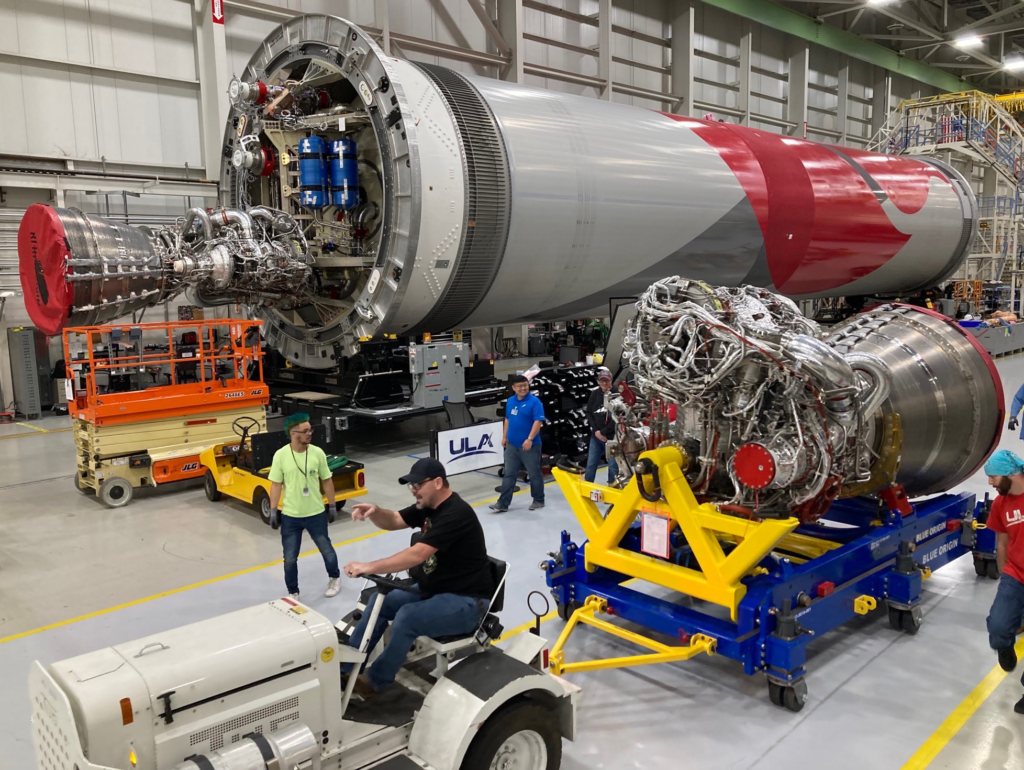
After the recent small delay from the 24th launch date, ULA now seems to be targeting January 8th, only a few weeks away. This will be the maiden flight of the Vulcan launch vehicle and some of its major components. The BE-4 engines for example which in combination with the SRBs power the first stage, have never been launched on an actual rocket before. Even though all of these launch aspects have been tested hundreds of times, the maiden flight of a rocket still has a long list of risks that could easily effect this planned sale.
However, Vulcan most likely will have a successful maiden flight and begin launching much more frequently. In the future, this rocket is meant to be ULA’s workhorse and launch multiple times a month. This first mission, named Certification-1 or Cert-1. is the first of two flight tests required for ULA’s certification process with the U.S. Space Force. ULA has worked in close partnership with the Space Systems Command throughout the design, development, testing and production of our new rocket for assured access to space. The Space Force selected Vulcan as the No. 1 offeror and “best value” choice in the Phase 2 National Security Space Launch competition. Vulcan is trying to prove them right with a successful first flight.
However, that process is much easier said than done. As far as updated launch progress, just days ago the company successfully completed the Vulcan wet dress rehearsal. This process had a few issues with ground equipment earlier in the month which pushed the launch back to January. Then on December 22nd, ULA CEO Tory Bruno tweeted saying, “Now that’s what I call a tree topper! #ToryTimelapse of Peregrine lander being settled atop the #VulcanRocket. Next stop, the Moon” With Peregrine installed on top ULA is practically ready to lift off for the first time.
The mission will send the commercial Astrobotic Peregrine lander to the Moon as part of NASA’s Commercial Lunar Payload Services (CLPS) initiative and carry a Celestis memorial payload into deep space. The plan was also to launch a few Amazon Kuiper test satellites however delays among other factors moved that payload to an Atlas V mission instead.
With the Vulcan upper stage stacked, Mark Peller, ULA vice president of Vulcan Development commented, “We have worked diligently to develop this evolutionary rocket and certify the first vehicle for flight. This next-generation launch vehicle incorporates new technology at all levels, powered by American ingenuity to meet our nation’s need for expanding space missions” he said. Something the company is hoping to prove in just a few weeks from now.
Once this rocket launches, we can expect more not long after. At this point, we know the company has already been working to mass-produce this vehicle in preparation for a busy launch schedule. Back on November 3rd, Tory Bruno tweeted saying, “Wow. That kind’a looks like 4 Centaur V’s in flow at the Rocket Factory…” Here you could see all the upper stages with varying progress in the factory. By now the next Vulcan booster and upper stage should be practically complete. If so, they would need to ship to the Florida launch site, complete a wet dress rehearsal, then static fire, and launch Dream Chaser.
In the grand scheme of things, Vulcan has a very busy future planned out. Project Kuiper for example, Amazon’s satellite service, selected Vulcan for 38 launches. By 2026, Amazon’s FCC license requires that at least half of the satellites are in orbit and operational. This suggests that a majority of Vulcan’s launches will be expected to happen before 2026. To add to this, in 2019, it was announced that all six Dream Chaser CRS-2 flights would be carried into orbit by ULA’s Vulcan launch vehicle. Combine this with additional contracts and we are expected to see Vulcan flying very regularly.
In preparation for this expected demand, we have not only seen ULA busy but also Blue Origin. Since Vulcan is expendable, every launch means two more BE-4 engines are needed. It’s possible the total 38 launches require 76 BE-4 engines. The one exception is the fact that ULA plans to reuse Vulcan’s BE-4 engines in the future. However, this plan is meant for the future and Tory Bruno has pointed out that they won’t work on this system until Vulcan has begun flying consistently.
In response, Blue Origin has been working in overdrive trying to pump out BE-4 engines. Besides comments from Tory, even videos from the company show tens of BE-4 engines in production with nozzles littering the factory floor. This highlights the future demand the company has. However, as partially mentioned prior, not a single BE-4 engine has flown, yet they are being produced in mass at the factory. This is because assuming things somewhat stay on schedule for Vulcan and New Glenn, once these vehicles start flying, they are going to keep flying very frequently. The Vulcan in particular will need a lot of these engines in the next few years. Another connection that would benefit Blue Origin if they bought the company.
Conclusion
Blue Origin and a few other companies are currently in the process of trying to buy United Launch Alliance. If successful, this would have some unique impacts on the industry, arguably both positive and negative. We will have to wait and see how it progresses and the impact it has on the space industry.

